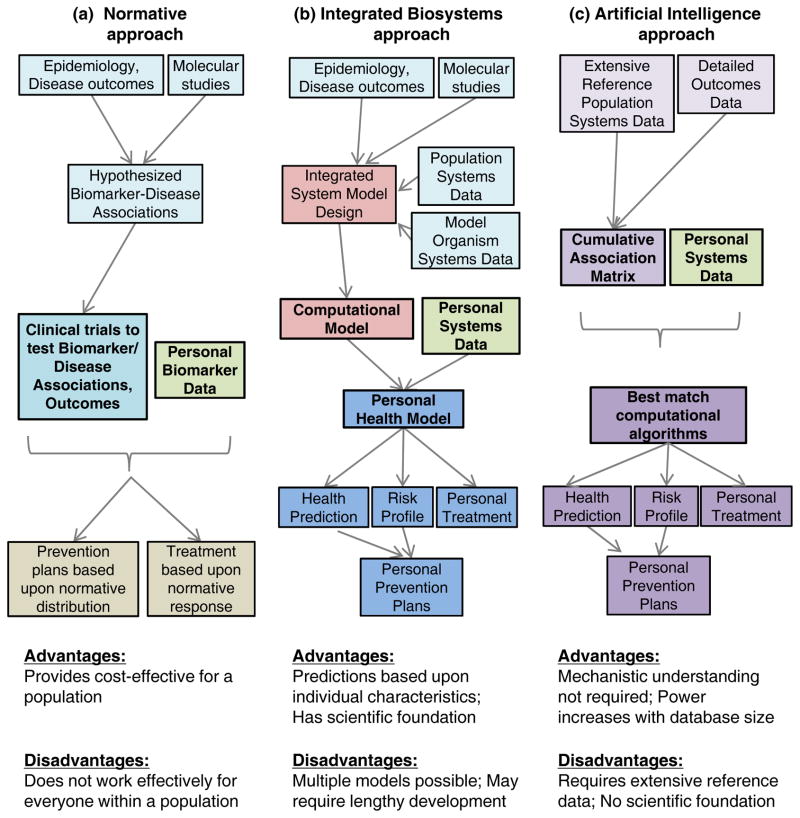Figure 2. Nutritional metabolomics to support personalized nutrition.
A. Contemporary nutritional recommendations and interventions use a normative approach based upon the characteristics of a healthy population. Hypotheses are based upon experimental and epidemiologic studies, and tested in clinical trials to determine outcomes in individuals meeting certain phenotypic or nutritional criteria. Importantly, the criteria are based upon population-based norms. A person with a predefined deviation from the norm is prescribed an intervention based upon clinical trials which show that this intervention has a significant beneficial effect in at least some of the individuals in the trial. While cost-effective for the population, the approach does not work for all individuals. B. An integrated biosystems approach utilizes the hypotheses of Panel A along with information-rich nutritional metabolomics (systems data) for humans and model organisms to develop computational models. The computational models are tested and refined to correctly describe responses to differences in diet, genetics or other factors. The computational models are used with nutritional metabolomics data for an individual to provide personal health models for health prediction, risk profiling and treatments. The approach takes advantage of the knowledge base as in Panel A but refines this for personalized use. C. An artificial intelligence approach can take advantage of nutritional metabolomics (systems data) as in Panel B but does not require mechanistic development. In this case, artificial intelligence approaches are used to compare personal profiles to profiles and outcomes within a reference population to obtain the best matches for prediction. This has advantages that there is no delay in building models and the power increases with the size of the reference population. On the other hand, due to the correlative nature of these statistical models, there is has no scientific foundation to facilitate development of new interventional strategies. Based upon Voit and Brigham (89).

